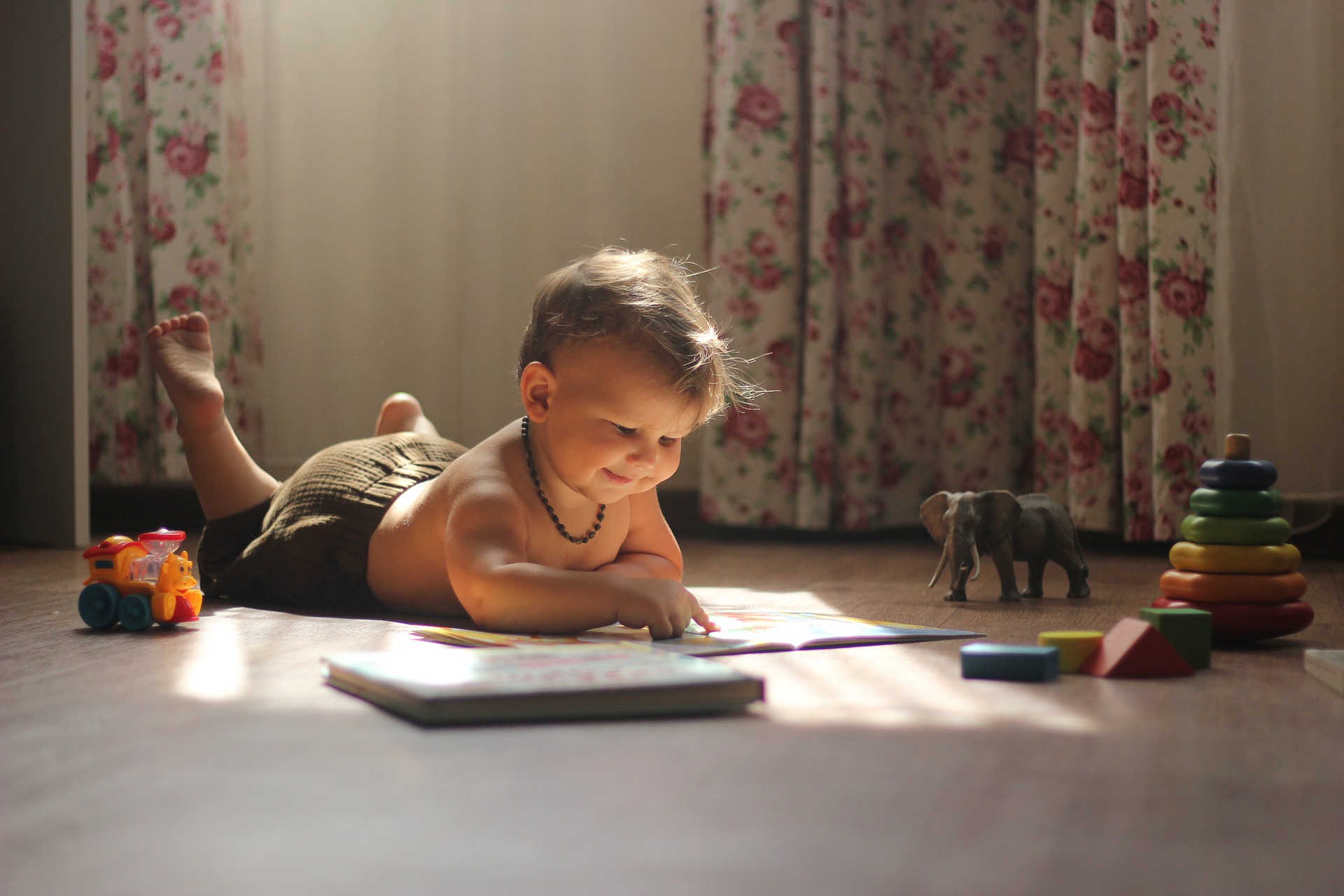Creating A Montessori at Home Schedule
Whether you’re new to Montessori or you just need more daily structure, a Montessori at home schedule can help you and your child navigate everyday life. As long as you’re giving your child uninterrupted time to engage with their environment, there’s no wrong way to do a Montessori at home schedule. Yes, it does take some effort on your part, but with a little planning, you’ll find your routine in no time.
Preparing the Environment for a Montessori at Home Schedule
The goal in creating a Montessori at home schedule is to make day-to-day life a little easier. Your schedule should work for you, not against you. The most important thing you need to do is create a Montessori prepared environment so your child will want to learn. If you do that with care, you’ve already completed most of the work.
Montessori sensorial materials are an important part of your Montessori at home environment. The more your child engages their senses in hands-on learning, the more they will remember what they’ve learned. Knowledge will mean something and become deeply integrated within them. Ensure you have a rich environment that stimulates your child’s curiosity. The goal is to create a space that will help your child feel excited to learn and participate in their daily activities.
Above all, the Montessori lifestyle is about creating a place for beauty and learning to thrive together. It’s an intentional, thought-out environment where your child feels comfortable enough to pursue their interests. In this environment, they need uninterrupted time to focus for extended periods. When you create a Montessori environment, you have a peaceful space in which knowledge and harmony go hand in hand.
Creating Space for a Successful Montessori at Home Schedule
To make the best of your Montessori at home schedule, minimize screen time. When the TV is on, try to keep it on a channel that’s worthwhile for your child. It’s also helpful to have music on during certain periods throughout the day. Music can create a relaxing atmosphere that can facilitate your child’s concentration. When you expose your child to classical tunes at a young age, they can build an appreciation for music as they grow.
 Try to keep your home as clutter-free as possible. Yes, life gets messy sometimes, especially with children. If you’re struggling to keep your house orderly, it’s not a failure. Instead, see it as an opportunity to invite your child to pitch in and practice important practical life skills.
Try to keep your home as clutter-free as possible. Yes, life gets messy sometimes, especially with children. If you’re struggling to keep your house orderly, it’s not a failure. Instead, see it as an opportunity to invite your child to pitch in and practice important practical life skills.
The beauty of Montessori is that it’s a lifestyle. It’s also a learning process for both you and your child. Once you prepare an environment that promotes peace and inspiration, you’re ready to create a Montessori at home schedule that you can feel good about following.
Montessori at Home Schedule Example
7 a.m. Wake up and eat breakfast. Your child may like to help set the table, butter their own toast, and pour their own juice.
8 a.m. Spend time reading together. You can set out a basket of books specifically for the morning so your child can choose what they want to read together.
8:30 a.m. Complete morning chores. Give your child the option to help you with chores or play independently.
9 a.m. Invite your child to pursue their own work. Now would be a good time to introduce Montessori language baskets. Let your child take the lead in their learning.
10:30 a.m. Mid-morning snack. Invite your child to prepare the snack with you and clean it up when the snack is over.
11 a.m. Spend time outside.
11:45 a.m. Come inside and make lunch together.
12 p.m. Eat lunch. Take advantage of mealtimes to reconnect with your child and offer your presence.
12:30 p.m. Wind down with a calming activity like listening to an audiobook.
1 p.m. Afternoon discovery time. Consider introducing a subject like art or science. Always follow your child’s interests.
2:30 p.m. Complete afternoon chores. Remember to never force your child to help you around the house.
3:30 p.m. Spend more time outside. Let your child take the lead.
4 p.m. Eat an afternoon snack. Depending on their age, provide your children with opportunities to eat every 2-3 hours.
4:30 p.m. Offer quiet time. During this time, your child can look at books or quietly work on his own.
5:30 p.m. Prepare and eat dinner. Involve your child in the nighttime activities that are important for your family culture. This may look like preparing a meal together or going on a family walk. During care activities like taking a bath and getting dressed in pajamas, invite your child to be an active part of the process.
The Montessori Difference and Why It Matters
Traditional education does not focus on a child’s unique developmental needs, which can vary greatly from child to child. Just like the Montessori style of teaching is not a one-size-fits-all approach, no two daily schedules are necessarily alike, either.
Unlike a regular school schedule, a Montessori education goes beyond what happens between 8 a.m. and 3 p.m. With that in mind, it’s not imperative that you cram every subject into every day. After all, Montessori is not so much a curriculum as it is a way of life.
Making Your Montessori at Home Schedule Work for Your Child
When you are in the planning stages of a schedule, it’s best to keep your child’s primary interests in mind before you add in additional subjects. Focus on your child’s needs, not racing against the clock to teach every subject. You can set aside time for some extended learning blocks in which your child can pursue their own interests.
 Keep in mind that children do not learn well by keeping still for long periods of time. Young children are, after all, still in the absorbent mind stage and need lots of opportunities for hands-on learning. If you have a quiet time of concentration, follow it with an activity that involves movement.
Keep in mind that children do not learn well by keeping still for long periods of time. Young children are, after all, still in the absorbent mind stage and need lots of opportunities for hands-on learning. If you have a quiet time of concentration, follow it with an activity that involves movement.
When you keep an open mind to the discoveries waiting just around the corner, the world of Montessori will keep surprising you. When you are implementing a new schedule in your day, it’s important to find flexibility in your routine.
After all, life happens. Thankfully, learning is also happening all the time. Montessori is not meant to be a strict curriculum to conform to. Rather, it’s a lifestyle to create. A Montessori at home schedule can help get you there.





0 Comments